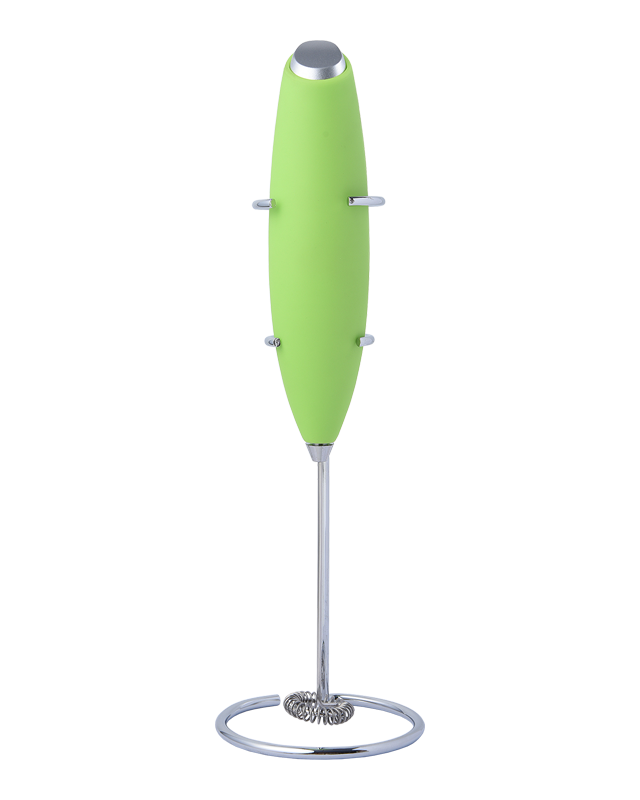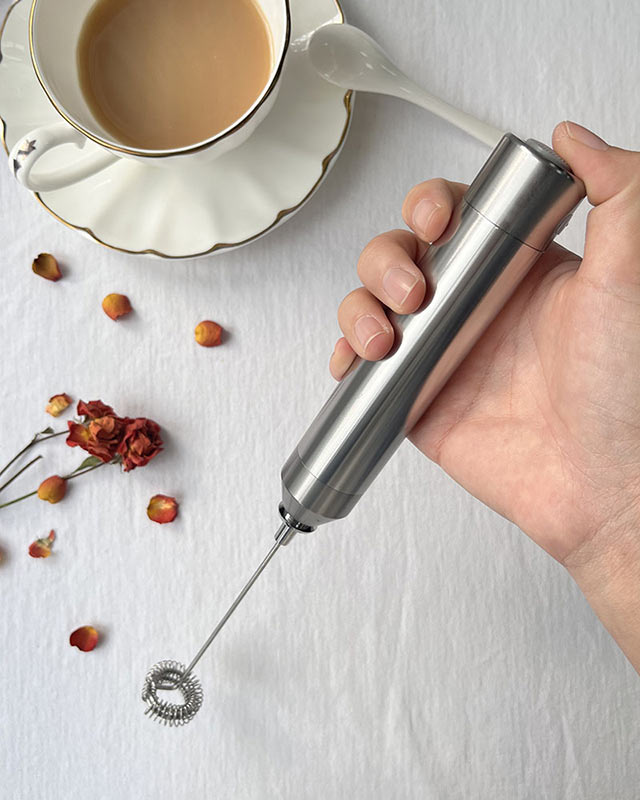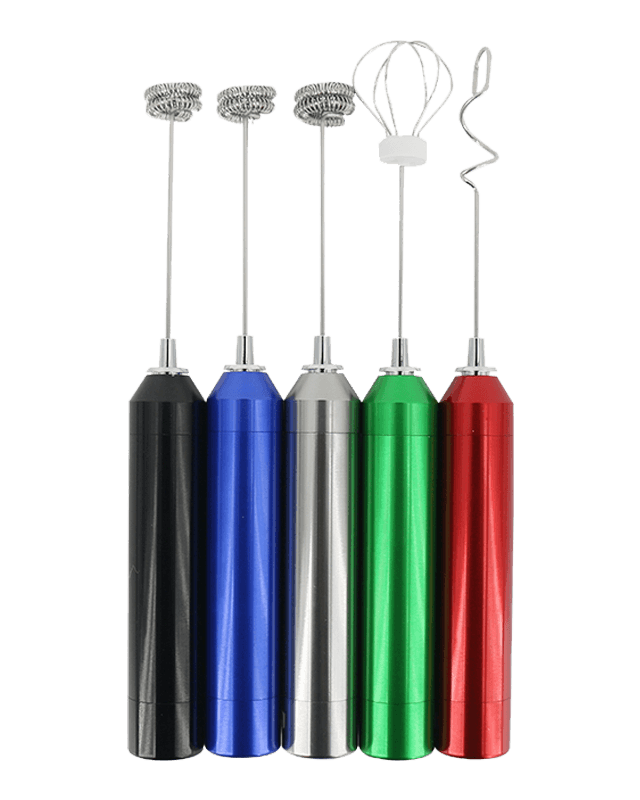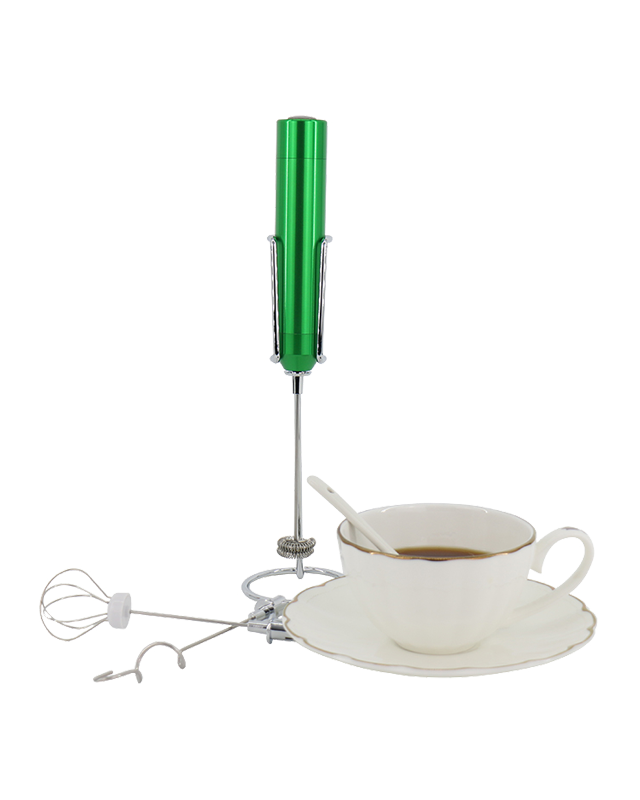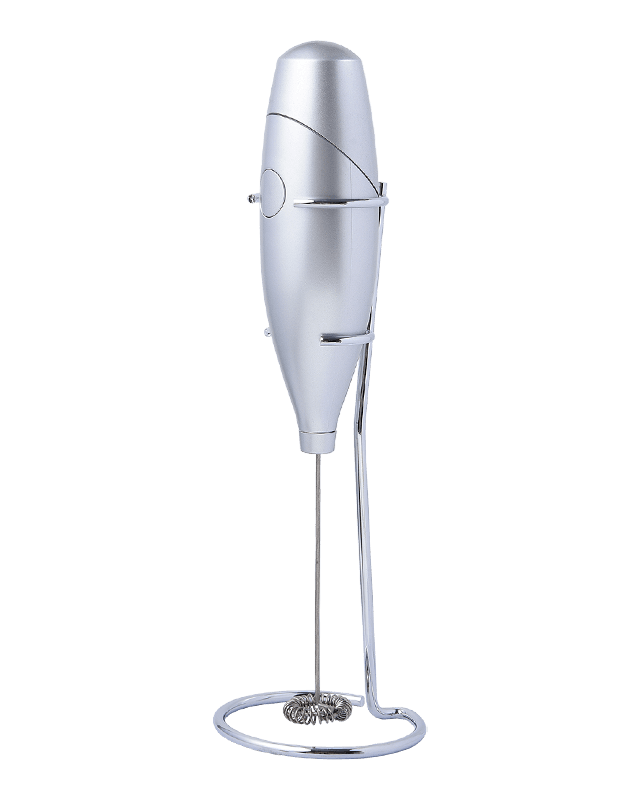1. Performance with Thick Batters
Thick batters, such as cookie dough, dense cake batters, and bread mixtures, place significant mechanical demands on an Egg Beater. The high viscosity of these ingredients requires greater torque to move the mixture effectively. Manual Egg Beaters necessitate more physical effort, requiring the user to apply consistent pressure while cranking to maintain uniform rotation. Electric models must provide sufficient motor power to prevent stalling, overheating, or gear slippage. If the Egg Beater lacks adequate torque, thick batters may not mix uniformly, leaving pockets of dry ingredients or creating an inconsistent texture, which can compromise the final product. The strain on the gears and beaters is also increased, making proper adjustment and careful operation essential for device longevity.
2. Performance with Light, Aerated Mixtures
Light, aerated mixtures, including whipped cream, meringues, and sponge batters, demand a different operational approach. These mixtures require delicate, high-speed mixing to incorporate air without deflating the product. The Egg Beater must maintain consistent rotation with minimal vibration to prevent uneven aeration or structural collapse. Excessive speed or prolonged mixing can generate heat or overwork the mixture, destabilizing proteins in egg whites or fat emulsions in cream. Electric Egg Beaters equipped with variable-speed controls allow users to fine-tune mixing speed, while manual Egg Beaters rely on a steady, rhythmic motion to achieve consistent incorporation of air. Proper handling ensures the mixture achieves the desired volume, texture, and structural integrity.
3. Adjustments for Thick Batters
When mixing dense batters, several adjustments can optimize performance:
-
Speed Control: Use lower-speed settings on electric Egg Beaters to maximize torque without overloading the motor. Slower speeds allow ingredients to move efficiently while preventing mechanical stress.
-
Steady Operation: For manual models, consistent and firm cranking maintains even rotation and prevents uneven mixing.
-
Intermittent Mixing: Short mixing intervals can prevent motor overheating in electric Egg Beaters and reduce user fatigue in manual models.
-
Pre-softening Ingredients: Slightly softening butter or other dense components before mixing can reduce resistance and allow the Egg Beater to work more efficiently.
-
Gradual Ingredient Addition: Adding flour or dry ingredients in stages prevents the Egg Beater from becoming overwhelmed by sudden increases in viscosity.
These adjustments help the Egg Beater maintain performance and prevent strain on both the device and the mixture, ensuring uniform incorporation of ingredients.
4. Adjustments for Light, Aerated Mixtures
Aerated mixtures require careful control to preserve air and volume:
-
Gradual Speed Ramping: Start at low speeds to gently incorporate air before increasing speed to achieve the desired volume and stiffness.
-
Monitoring Mixture Temperature: Avoid prolonged high-speed mixing, which can generate heat and destabilize sensitive ingredients like egg whites or cream. Pre-chilled bowls and beaters can help maintain stability.
-
Controlled Technique: Maintain a consistent rhythm in manual Egg Beaters to avoid uneven incorporation of air. For electric models, use variable-speed controls to match the mixture’s current stage.
-
Minimizing Splatter: Use deep bowls and position beaters correctly to prevent mess while ensuring efficient aeration.
By adjusting speed, technique, and monitoring temperature, users can achieve optimal aeration and volume in delicate mixtures.
5. Beater Design Considerations
The shape and spacing of the beaters significantly impact performance across mixture types. Balloon-shaped beaters are ideal for aerated mixtures because they trap air efficiently and distribute it evenly throughout the mixture. Flat or narrower beaters provide more leverage when working with dense batters, reducing resistance and facilitating thorough mixing. Choosing the appropriate beater design based on the type of mixture allows the Egg Beater to operate efficiently while maintaining the integrity of the mixture.
6. Monitoring Mixture Consistency
Users should continuously monitor the texture and homogeneity of the mixture. Thick batters should appear smooth, cohesive, and free of unmixed pockets. Aerated mixtures should maintain volume, stiffness, and uniform texture without signs of collapse or overbeating. Periodic assessment allows users to adjust speed, duration, or technique to ensure consistent results. For delicate preparations, small pauses to scrape the sides of the bowl and redistribute ingredients can improve aeration and prevent overmixing.



 English
English
 Français
Français
 Español
Español
 Deutsch
Deutsch
 日本語
日本語









